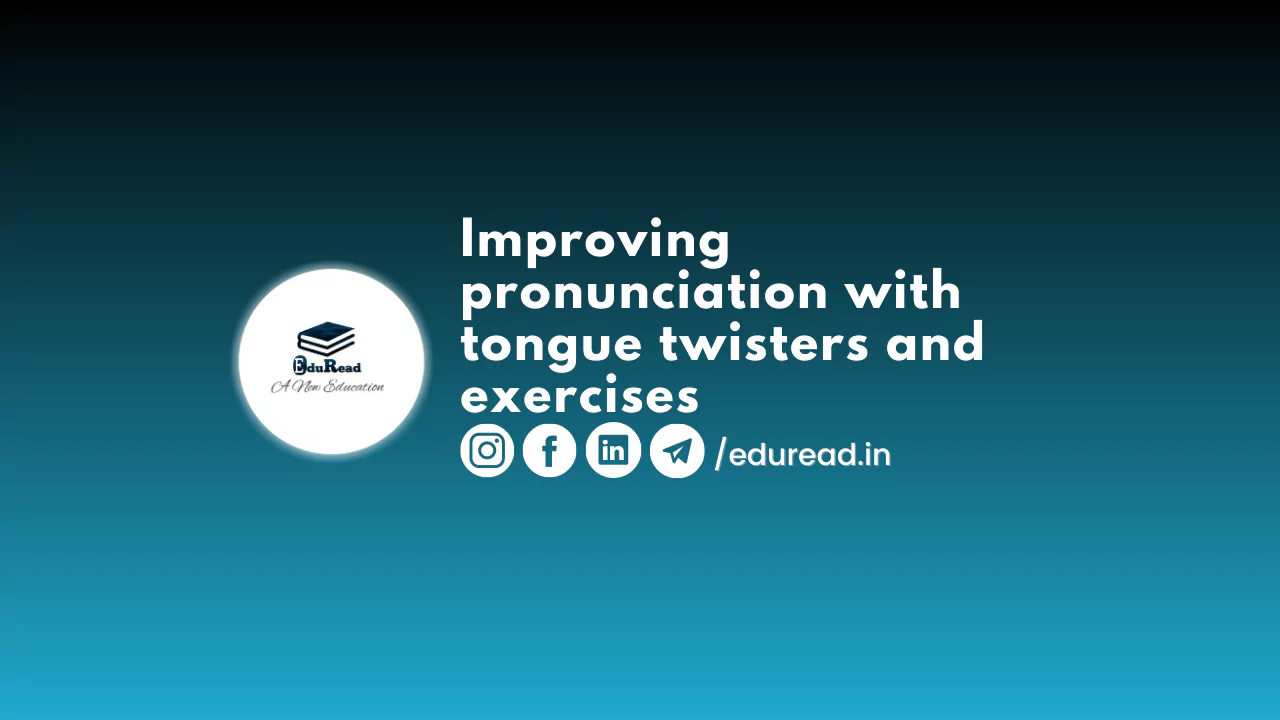Pronunciation is a crucial aspect of language learning, and it can be challenging for many learners. One way to improve pronunciation is by practicing with tongue twisters and exercises. In this blog post, we’ll explore some of the best strategies for improving pronunciation through tongue twisters and exercises.
Section 1: Why Pronunciation is Important
Improving pronunciation is essential for effective communication in a new language. Mispronouncing words can lead to misunderstandings, confusion, and even embarrassment. Good pronunciation helps learners to be more easily understood by native speakers, which can lead to better communication and more confidence in speaking the language.
Section 2: How to Improve Pronunciation
There are many ways to improve pronunciation, including:
Strategy #1: Listen to Native Speakers
One of the most effective ways to improve pronunciation is to listen to native speakers. Pay attention to the way they pronounce words and try to imitate their accents.
Strategy #2: Practice Tongue Twisters
Tongue twisters are a fun and challenging way to improve pronunciation. They help learners to focus on individual sounds and syllables, which can lead to better pronunciation overall.
Strategy #3: Use Pronunciation Exercises
Pronunciation exercises, such as minimal pairs and word stress exercises, can help learners to distinguish between similar-sounding words and improve their overall pronunciation.
Section 3: Using Tongue Twisters to Improve Pronunciation
Tongue twisters are a popular tool for improving pronunciation. Here are some tips for using tongue twisters effectively:
Tip #1: Start Slowly
Begin by practicing tongue twisters slowly and gradually increase speed as you become more comfortable with the sounds and rhythms of the words.
Tip #2: Focus on Individual Sounds
Pay close attention to the individual sounds and syllables in the tongue twister. Practice each sound separately before attempting to say the entire tongue twister.
Tip #3: Repeat, Repeat, Repeat
Repetition is key when practicing tongue twisters. Repeat each tongue twister several times to help the sounds become more familiar and easier to say.
Section 4: Pronunciation Exercises for Improving Pronunciation
There are many different types of pronunciation exercises that can help learners improve their pronunciation. Here are some of the most effective exercises:
Exercise #1: Minimal Pairs
Minimal pairs are pairs of words that differ by only one sound, such as “sheep” and “ship” or “bat” and “bet.” Practicing minimal pairs can help learners to distinguish between similar-sounding words and improve their overall pronunciation.
Exercise #2: Word Stress Exercises
Word stress exercises involve practicing the stress patterns of words in a sentence. For example, in the sentence “I love to eat pizza,” the stress is on the words “love” and “pizza.” Practicing word stress exercises can help learners to improve their rhythm and intonation.
Exercise #3: Vowel Sounds Exercises
Vowel sounds can be challenging for many language learners. Vowel sounds exercises involve practicing the different vowel sounds in a language, such as “ah,” “eh,” “ee,” and “oo.”
Conclusion
Improving pronunciation is an important part of language learning, and tongue twisters and exercises can be powerful tools for achieving this goal. By practicing regularly and using these strategies, learners can improve their pronunciation and become more confident in their ability to communicate effectively in a new language.
Follow Us for more such content to improve your speaking skills:
To know more, check out here: https://eduread.in/important-adverbs-you-must-know-to-speak-effectively-speak-new-york/
And visit us for more.
